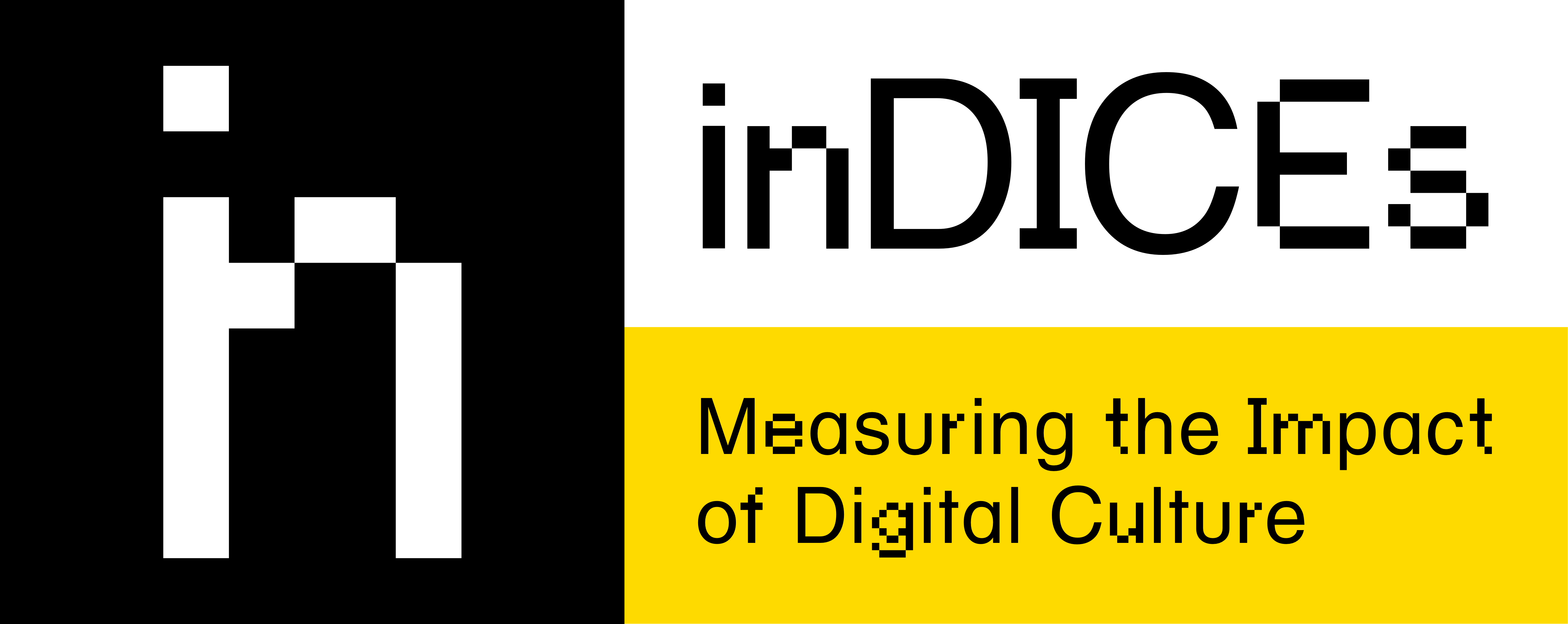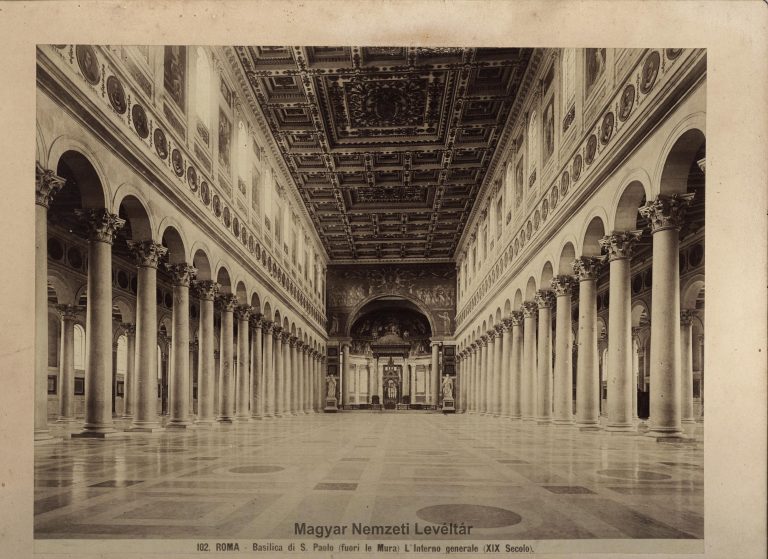Contributor: dr. Konrad Gliściński, L.L.M. (Centrum Cyfrowe)
inDICEs provides policy recommendation concepts to the growing call for copyright reform, regulations and coordination of European sovereignty in favour of the public interest. Empowering the cultural sector with tools and guidance to operate within the digital reality is key to the process of transition and reform. Earlier this year (20 and 21 April 2021), inDICEs organised an online workshop. The workshop brought together cultural heritage professionals, researchers, and the inDICEs community to discuss the needs and concerns in relation to digitisation. Topics addressed ranged from online access, the use and the potential re-use of collections, data needed for developing digital strategies and content, future research competencies, and change management.
Discussions highlighted how open access models can be innovative in the post-pandemic digital paradigm and showed the cultural sector’s limitations in pursuing its goals due to the lack of sufficiently harmonised legislation across the European Union. Moreover, it became apparent that the complex copyright assessments are limiting, risky, and costly for cultural heritage institutions (CHIs). As the assessments are perceived as containing very complex copyright issues, dealing with them hampers CHIs in fulfilling their mission. CHIs must be able to focus on their public function and mission to preserve the collections and provide access to knowledge as a means for education, supporting democratic processes, and fostering creativity.
Policy Implication
There is an urgency to engage in pan-EU dialogue to stimulate reform of public policy on a European level. This call for change towards the building of a digital society instead of just building markets and industries is increasingly heard in the public discourse among different stakeholders (NEMO, SDEPS, Open Future, Europeana, Digital Society research program, inDICEs). A digital society should provide its citizens with all of the opportunities for free, healthy, and safe communication and movement within the digital realm. The European Commission has launched multiple initiatives (Europe fit for the digital age) to revive public control over the digital space and to build upon European regulations for the digital public sector. (Digital Principles, Digital for Cultural Heritage, Digital Decade Compass).
On a more global scale, the International Council of Museum announced an updated definition for museums, which ignited a renewed vision of positioning the cultural heritage sector in society, as being more “participatory and transparent, and work in active partnership with and for diverse communities” and aiming to “contribute to human dignity and social justice, global equality and planetary wellbeing”. inDICEs project contributes to these principles by developing participatory tools for measuring the impact of digital transformation and empowering the cultural heritage community to exchange intellectual property knowledge.
Workshop: Understanding the digital future of Cultural Heritage and Research
The first day of the workshop centred around ‘Emergent forms of digital cultural (re)production, participation and re-use of CHI contents in DSM’ (Digital Single Market). We have summarised the insights in a previous blog post.
The second session was organised around the topic ‘Sharing collections sustainably and meaningfully: A brief introduction to rights management in cultural organisations’.
The keynote speech was given by Ryan King, the Smithsonian Open Access initiative representative, on ‘Facilitating content reuse: A boost for online engagement and reach of the CHIs’. King elaborated on the open access policies applied within the Smithsonian Institution and the challenges the institution faces, especially with relation to data interoperability and lack of data and information on the collections.
This was followed by Saskia Scheltjens (Rijksmuseum) who gave a presentation on ‘Sustainability of open access models’ following the Rijksmuseum’s ten-year experience with open access. After sharing how the open access models are used with the audience, she highlighted the need to “extend ‘open’ as a paradigm becoming too limited to describe the complexities that cultural heritage institutions will be confronted with in the future”. Data have to be findable, accessible, interoperable, and reusable. Therefore, a more complex view on sharing is necessary:
“Fair data principles as best practices help to keep digital heritage data aligned with the ambitions of the open web.”
Saskia Scheltjens (Rijksmuseum) Tweet
The last speaker, Karin Glassemann, (the Swedish National Museums) addressed ‘Tools to indicate the re-use possibilities of digital cultural heritage’. In her presentation, she noted the importance of not only bringing people to the museum facilities but also keeping them connected with their collections, regardless of the actual place they access them from. The impact of open access is most visible when measuring virtual visits from different sources: Wikipedia, Wikimedia, social media through sharing, museum website, search for images or information, the country of residence, or the rest of the world.
Relying on Exceptions and Limitations
The second part of the workshop was devoted to the process of clearing rights and managing intellectual property rights. Maarten Zeinstra (vice-chairman of the Dutch Open Nederland) presented the issue of ‘Making a public domain determination’. He pointed to the problem of the lack of full harmonisation of the rules for calculating the duration of copyright protection in the individual Member States. Because of this, it is not possible to apply a simple scheme to answer the question of whether a given work is already in the public domain in all countries of the European Union.
The second panellist, Annabelle Shaw (British Film Institute), talked about ‘Relying on licenses and exceptions’, in the practice of making collections available by cultural institutions in the digital environment. Due to the lack of appropriate regulations enabling cultural institutions to easily share their collections online, it is necessary to directly find the individual owners of the copyright. Institutions must also decide at their own risk what level of certainty in obtaining rights is sufficient for them. However, making materials available online by cultural institutions will always be associated with some legal and financial risk that must be addressed per occurrence.
The last of the panellists was Jerker Rydén (Senior Legal Adviser at the National Library of Sweden). He presented ‘The use of Extended Collective Licensing’ (ECL) in Sweden. ECL is a type of license granted by collective management organisations (CMOs) that are allowed to give licenses on behalf of authors whose materials are not in their repertoires. This model is based on voluntary agreements between CMOs and individual institutions interested in sharing materials. The license fees are based on estimations of how much content is protected by copyright and how much, for example, is in the public domain, given that it is not possible to precisely indicate the copyright status of all objects.
Conclusions:
Guiding Cultural Institutions into a Safe Digital Future
Key insights from this two-day workshop can be summarised as follows:
- CHIs are increasingly employing risk assessments to make the use of in-copyright materials in their collections possible;
- Given the divergences in the implementation of exceptions and limitations, relying on exceptions and limitations does not always include the legal certainty that CHIs need. Their activities must be supplemented by licenses with rights holders or CMOs on their behalf. ECL is considered by CHIs as a workable solution for the provision of online access to cultural heritage in the Digital Single Market;
- Open access models are only attainable when CHIs have a solid digitisation strategy in place. The open access models include certain challenges on data access, data interoperability, etc. Yet, they bring high benefits for both the users and the CHIs since they permit further interaction between the users and within their collections;
- While the challenges of providing access to digital reproductions of materials in the public domain remain, the Directive on Copyright in the Digital Single Market may give guidance to the process of liberating public domain works, for instance, the provisions on digital non-original reproductions.
Given this, one of the main insights that we can draw from this workshop is that cultural heritage institutions find themselves in an increasingly complex position of working with high risks of copyright breaches and protecting rights holders’ interests. It distracts from their public mission of preserving and disseminating cultural heritage, as a means for achieving educational goals, supporting democratic processes, and fostering creativity and entrepreneurial skills.
After collecting insights from the workshop concerning some critical concerns during the digital transition processes, partners of the project are working on a set of digital transformation guidelines for cultural heritage institutions. They are based on an in-depth review of the state-of-the-art instruments for self-assessment for heritage institutions. The inDICEs self-assessment tool is a further evolution, taking insights and lessons learned from the COVID-19 crisis into account. The guidelines will be made available soon.
Share this blog on social media





